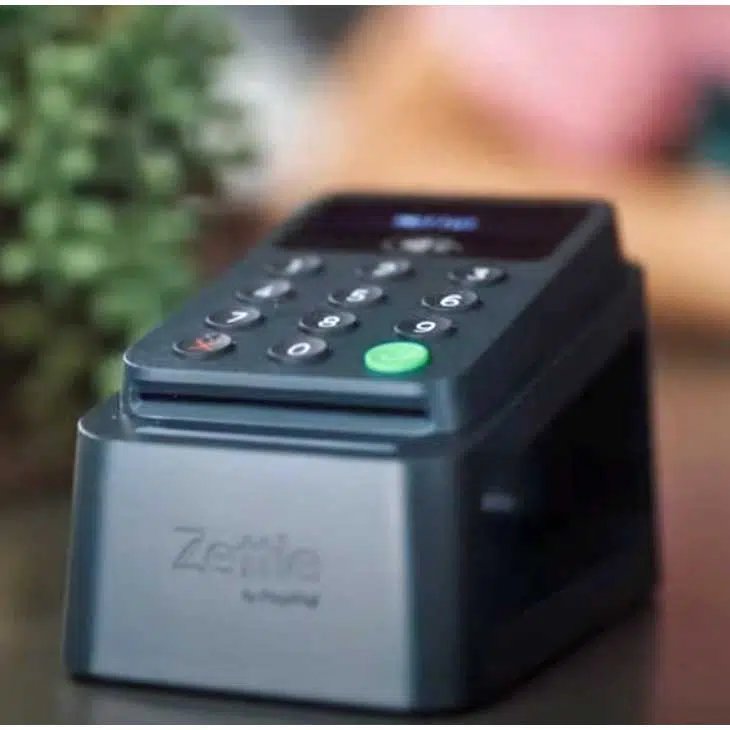PayPal Holdings Inc.’s decision to bring its Zettle point-of-sale technology to the U.S. market may not surprise observers, but the move presents some formidable challenges, chiefly in the form of the existing competition, some observers say. At the same time, they add, Zettle brings a potent brand that fills a gap for PayPal in the U.S. market.
Indeed, experts say, San Jose, Calif.-based PayPal could hardly stay out of the U.S. POS market. While its e-commerce business is growing fast along with the rapid expansion of that market, merchants are increasingly operating in both online and in-store environments. Launching Zettle “is an inevitable and logical thing for PayPal to do,” says Thad Peterson, a senior analyst at Aite Group, a Boston-based consultancy. “This is an admission by PayPal that they need to be a true omnichannel player.”
Peterson and others cite major players such as Square Inc. and Fiserv Inc.’s Clover technology, both of which rely heavily on an established base of advanced technology development similar to that of Zettle. “It’s an incredibly competitive market,” Peterson says.

Still, Peterson argues, PayPal saw an opening at the point of sale that its Zettle technology could fill. “A digital strategy alone is not going to work when you’re up against something like Square,” he says.
But the strategy goes farther than bolstering PayPal in its efforts to compete with existing technology players, Peterson argues. “Zettle is a powerful entry in Europe, it’s a solid solution,” he notes, adding that a U.S. thrust to the point of sale based on Zettle’s devices “clearly makes sense for PayPal strategically. They’re no longer dependent on other players to get into a point-of-sale terminal.”
PayPal is not talking about details regarding its U.S. plans for Zettle. “What we can say is that this rollout is a top strategic priority for PayPal,” says a company spokesperson via email. The company paid $2.2 billion for Stockholm-based Zettle, then known as iZettle, in a deal that closed in September 2018. At the time, Zettle served a base of almost 500,000 merchants, mostly small sellers, in nine European countries plus Mexico and Brazil.
With the U.S. launch, announced Wednesday, PayPal is selling the Zettle card reader for $29, with additional readers going for $79. Zettle transactions carry a US. rate of 2.29% plus 9 cents. The rate for QR code transactions on either PayPal or Venmo is 1.9% plus a dime.
PayPal has entertained POS ambitions for years, some of which have worked out better than others. In 2012, the company launched its own Square-like dongle for small merchants, PayPal Here. Beyond occasional tweaks along the way, not much has been heard of that product for some time. At the same time, PayPal struck a deal with Discover Financial Services to run POS transactions on the Discover Network. That deal was initially stymied by First Data Corp.’s refusal to handle PayPal traffic. First Data later relented.
PayPal made a much more promising move in 2016 with a deal to gain access to Visa Inc.’s token engine, a crucial step in bringing PayPal to physical merchants. It has followed that up with similar arrangements with Mastercard Inc. and other providers.
With that history behind it, the move to launch Zettle’s POS technology to the U.S. market may be, as Peterson notes “inevitable and logical.” But the “open question,” he says, is how well it will play out.





